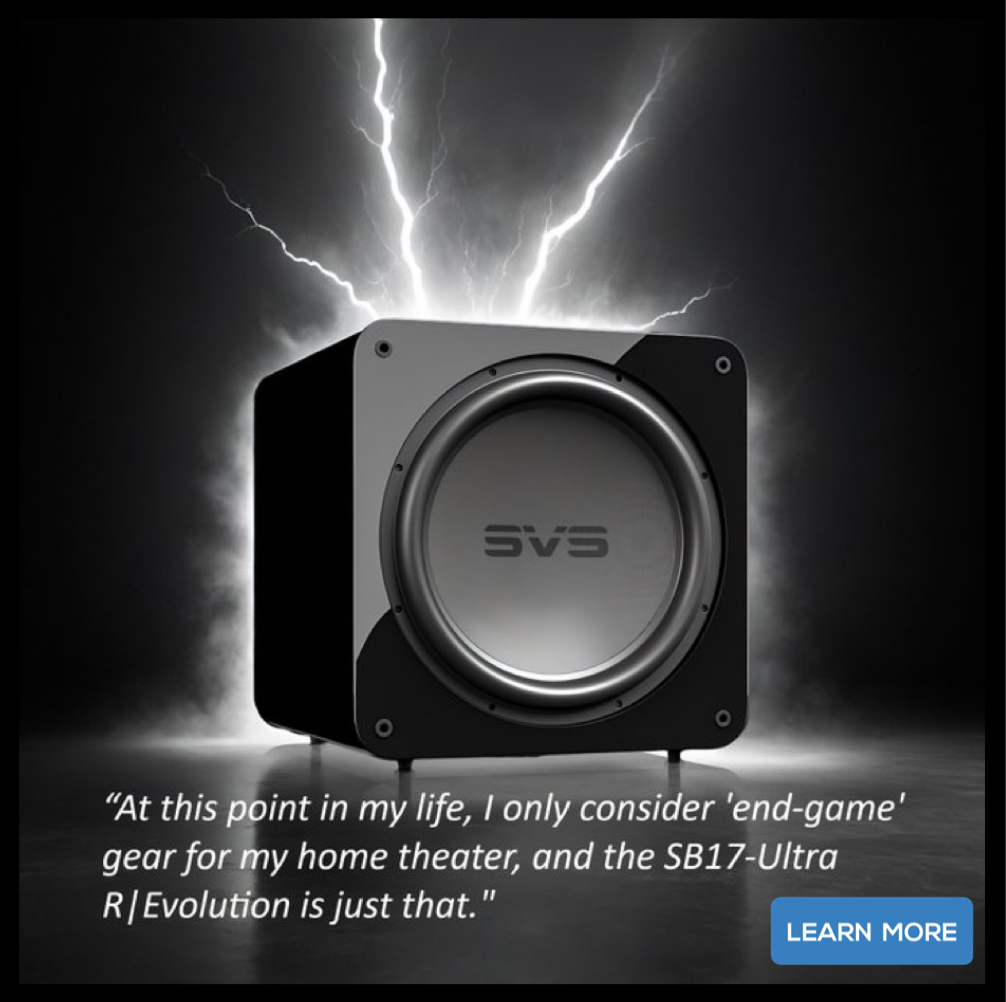AudiocRaver
Loved and Remembered Emeritus Reviewer
More
- Preamp, Processor or Receiver
- Onkyo TX-SR705 Receiver
- Main Amp
- Crown XLS 1502 DriveCore-2 (x2 as monoblock)
- Additional Amp
- Behringer A500 Reference Power Amplifier
- Front Speakers
- MartinLogan Electromotion ESL Electrostatic (x2)
- Center Channel Speaker
- Phantom Center
- Surround Speakers
- NSM Audio Model 5 2-Way (x2)
- Subwoofers
- JBL ES150P Powered Subwoofer (x2)
Not that we feel the need to please everyone all the time, which, of course, is not possible, but we are interested in your views and preferences. There has been some discussion on this topic offline, and we are bringing it online.
Each reviewer has his own music preferences, and of course some music tracks are more valuable than others in the way they were recorded and mixed. Should a reviewer:
Each reviewer has his own music preferences, and of course some music tracks are more valuable than others in the way they were recorded and mixed. Should a reviewer:
- always use the same tracks?
- always try to make sure certain genres and categories are included in some way?
- always use a core set of tracks that provide some consistency between reviews, plus whatever else he feels like including?
- choose the tracks that please him and call it good?
- other approaches? suggestions?










